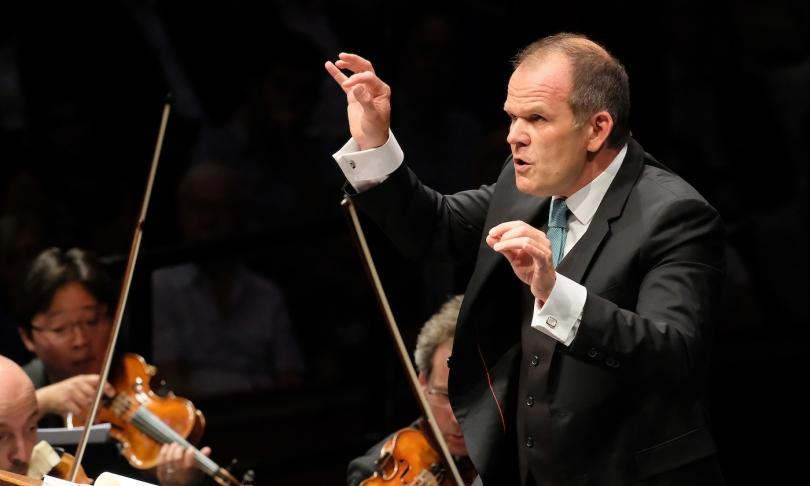
Recordings with the French orchestra Les Siècles under their founding conductor François-Xavier Roth are distinguished by their often standard-setting, but at least always fresh view of works of the classical repertoire. A not insignificant part of the appeal, but also of the success of the numerous albums that have appeared in the meantime, can be traced back to the orchestra, which in each case performs carefully with instruments of the period of origin and in original instrumentation. This approach alone makes nuances audible that are lost in interpretations by modern large orchestras. The repertoire of the albums that Les Siècles have recorded over a span of nearly 20 years includes works from the 18th to the 20th centuries, with an emphasis on the 19th century. In recent years, albums featuring Beethoven's Fifth Symphony coupled with Gossec's "Symphonie à 17 parties," Berlioz's "Symphony Fantastique" and Mahler's Titan Symphony, among others, have caused a sensation. But older albums can also claim the laurel of containing extraordinary interpretations and sound experiences. Stravinsky's "Le sacre du printemps" in the restored version of May 29, 1913, for example, and the Saint-Saëns album with the Organ Symphony and the Piano Concerto No. 4, which has just been released in a remastered version, belong to this period. This album shall be discussed in more detail in the following.
The performance of the Third Symphony, the Organ Symphony took place in the Saint-Sulpice church in Paris, which is equipped with a Cavaillé-Coll organ from 1862. Since 1985, the album's organist, Daniel Roth, father of François-Xavier Roth, has held the post of title organist there. So, there were good reasons for choosing this church as the recording site for the organ symphony. For this, the disadvantage was tolerated that the acoustics of the church are very reverberant, which is not necessarily advantageous in the faster passages of the symphony. In addition, the Cavaillé-Coll organ is a real beast, which can easily overrun even an orchestra of the romantic period. That this does not happen so often is due to the skill of the organist. The sometimes problematic reverberation of the church is compensated by the enormous tension of this performance, which has been recorded live.
Thanks to the period instruments, the organ symphony shines with an unusual light and rather sharp sound that is extremely refreshing. The conductor and orchestra take the first movement at a brisk pace, and the organ creates an almost mystical underpinning to the orchestral sound. Because of the slender period orchestration, the slow second movement is less lush than used from modern orchestras. Instead, the filigree sound of Les Siècles here makes for a rather mysterious mood and unusual insights into the score. This mood is maintained in the energetic Scherzo. Only in the mighty finale, dominated by the organ, does the preceding mysteriousness change right at the beginning with three great organ chords into sheer thunder, which Saint-Saëns contrasts with tender orchestral passages as a harsh contrast. This recording of the Organ Symphony is an interesting alternative to successful recordings with a modern orchestra, since it succeeds convincingly in making this work shine in a new light.
The piano concerto was recorded live with pianist Jean-François Heisser not in church but in a Paris concert hall. The orchestra sounds much more transparent and colorful here than in the recording of the organ symphony, since it does not have to fight against strong reverb. Jean-François Heisser plays on an Erard instrument from 1874, which unfortunately sounds anything but robust and downright wan and unexciting to those accustomed to modern piano sound. However, the choice of a period piano is appropriate to this orchestra's approach of coming as close as possible to an original performance in sound, not at least since the Erard instrument was built just one year before the fourth Saint-Saëns Piano Concerto. The French pianist's playing skills compensate to a certain point for the Erard's lack of sonority.
This reissued Saint-Saëns album does credit to Les Siècles under its conductor François-Xavier Roth.
Daniel Roth, organ
Jean-François Heisser, piano
Les Siècles
François-Xavier Roth, direction












